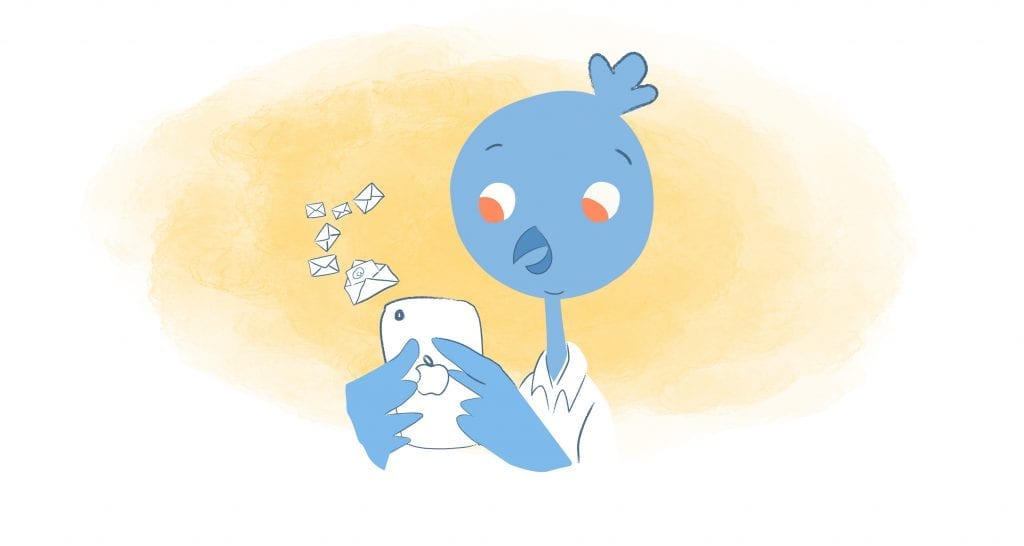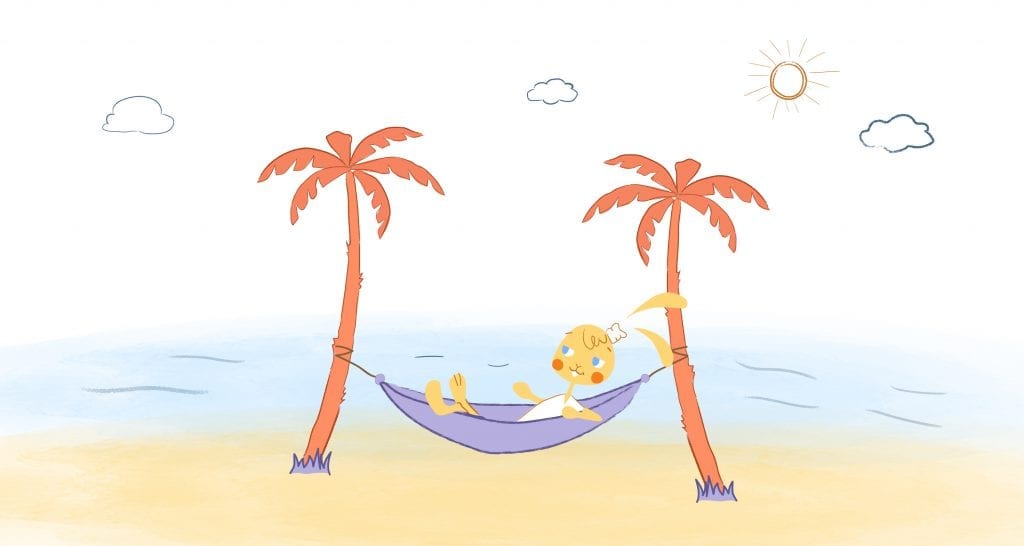

When email first gained popularity about twenty plus years ago, the business world quickly realized its value. Sending nearly instantaneous messages to colleagues they could read at their convenience was a major time saver.
Of course, over time email systems have evolved and changed beyond just sending a simple message to someone. But as wonderful as email is, our reliance on it has brought some inefficiencies to light.
Obviously, the common worker can’t do anything about what may be lacking in the email application itself. Nevertheless, if you’d like to make your emails more effective in 2020, there are ways you can.
![]()
![]()
Problem: Checking Email Too Frequently
One of the first problems to address with email inefficiency is checking email too frequently. Like other workers, you’re probably in near constant communication with others. Computers, cell phones and other electronic devices are always close by making messaging simple and convenient.
In fact, depending on your settings, email notifications may pop up every few minutes. Therefore, stopping to check each one really interferes with work flow and productivity.
Reading the email, responding, and then completing related duties takes time. But so does switching back and forth between different apps and thought processes.
Every time you pause to look at your phone or computer valuable time is wasted. This is true regardless of whether the emails are work related or personal.
Fix: Schedule Email “Breaks”
To fix the problem of checking email too frequently, you can schedule email breaks. Unless you are waiting on an urgent email, don’t check it each time you hear a notification.
As an alternative, try checking your email at periodic intervals instead. Suppose that you check your email the moment you arrive at work. Once you have addressed what needs to be handled, put your phone down until mid-morning.
After checking your phone again during a morning email break, lay it aside until lunch. Address new emails in the middle of the afternoon and again at the end of the day.
Understandably, this plan will not work for everyone. Still, taking an approach such as this makes your emails more effective and lets you get more done.
Problem: Sending Long, Unorganized Emails
Have you ever read an email from someone that was a long, repetitive, disorganized mess? Don’t let your emails mirror theirs.
When your emails are not to the point it wastes your time writing them. The person receiving them may not appreciate their length either.
On the other hand, some emails are too short and missing information. When this happens the receiver may trash your email or it could hit spam and not be seen at all.
Fix: Organize Your Thoughts
These days, time is money and being productive can mean keeping your job. Therefore, you must save time wherever you can and make sure your important emails get read.
Before sending an email to someone, take just a moment to organize your thoughts. If you need to, make it in a numbered list format with short explanations for each point.
Make sure you include a subject line and that your email address is correct. Believe it or not, taking those extra seconds or minutes will save you time in the long run. You’ll spend less time rambling or resending emails as a result.
Problem: Taking Too Much Time During Email Breaks
Taking email breaks at regular intervals, as mentioned above, can help you be more efficient. But it won’t really help if your email breaks are 30 minutes or more.
When you spend that much time sifting through emails it cuts into time needed to do more productive work. This could lead to you being labeled as a procrastinator or lazy at the very least. At the worst you could be passed over for promotions or even eventually fired.
While that may sound drastic, if emails get out of hand, other work can get pushed aside. That would turn what sounds ridiculous into a very real problem.
Fix: Set a Reminder or Timer
Do you use your calendar to its full potential? If not you may be missing out on time savings. Additionally, when it comes to email you can manage it better using your calendar.
Block 15 minutes intervals mid-morning, at lunchtime, mid-afternoon, and the end of the day. Set reminders to go off and alert you of your email appointment, so to speak. Create another reminder to get back to other tasks after the 15 minutes is up.
Another thought is to set an old fashioned timer or use your cell phone. No matter which option you choose setting up time constraints will make your emails more effective. It will also keep you moving through emails faster allowing you to be more productive.
Problem: Emails Stress You Out
For some people, hearing email notifications and not responding to them is stressful. They feel they must take care of each email immediately no matter how trivial.
But this can cause stress in other ways too. It puts you on call 24 hours a day and doesn’t allow you to truly relax during off hours.
Everyone needs to disconnect and rejuvenate so they are ready to work the next day. If not, your work will begin to suffer and you may be tired and irritable.


Fix: Turn Off Notification During Off Hours
To make your work and emails more effective turn off your notifications during off hours. This lets you get the rest you need so you can respond quickly and effectively the next day.
If you don’t give yourself downtime you run the risk of burning out at work. This won’t help you, your business or employer, or loved ones who may depend on you.
Problem: Repetitive Responses
Repeating the same responses, even if to different people, can be annoying. If you find this happening to you, typing out those emails feels like a waste of time.
There’s a reason for that: It actually is a waste of time.
Fix: Canned Email Responses
You can make your emails more effective and answer them quicker using canned email responses. Anytime you can take time to automate with email it will make emails more effective and faster.
Take the time to explore the settings and options available with your email system. You may be able to set up processes that save tons of time and get you through emails faster.
Problem: Lack of Response from Receiver
At times, waiting for a response on an email you’ve sent can be frustrating. When you need an answer quickly it’s even worse.
Waiting on other people can put a halt to projects until answers are received. But that doesn’t mean you can’t do something about it.
Fix: Send Follow-up Emails
When you aren’t getting answer to emails you send, consider sending follow-up emails. Make them attention grabbing, positive, and to the point to get a better response.
If you must send a large quantity of emails it may help you to create a tracking spreadsheet. This way you can document when and to whom emails have been sent.
Clearly emails are a popular and efficient way of communicating. That being said, there are ways to make your emails more effective so you can be successful. If you want to be the most productive and efficient worker possible in 2020, use these tips to make your emails more effective.
Updated April 2020











Kayla Sloan
Kayla is a financial productivity expert that wants to help everyone pursue a life of freedom. My goal in life is to help people feel less chained to their jobs. You deserve to find the best. Lets get their together!